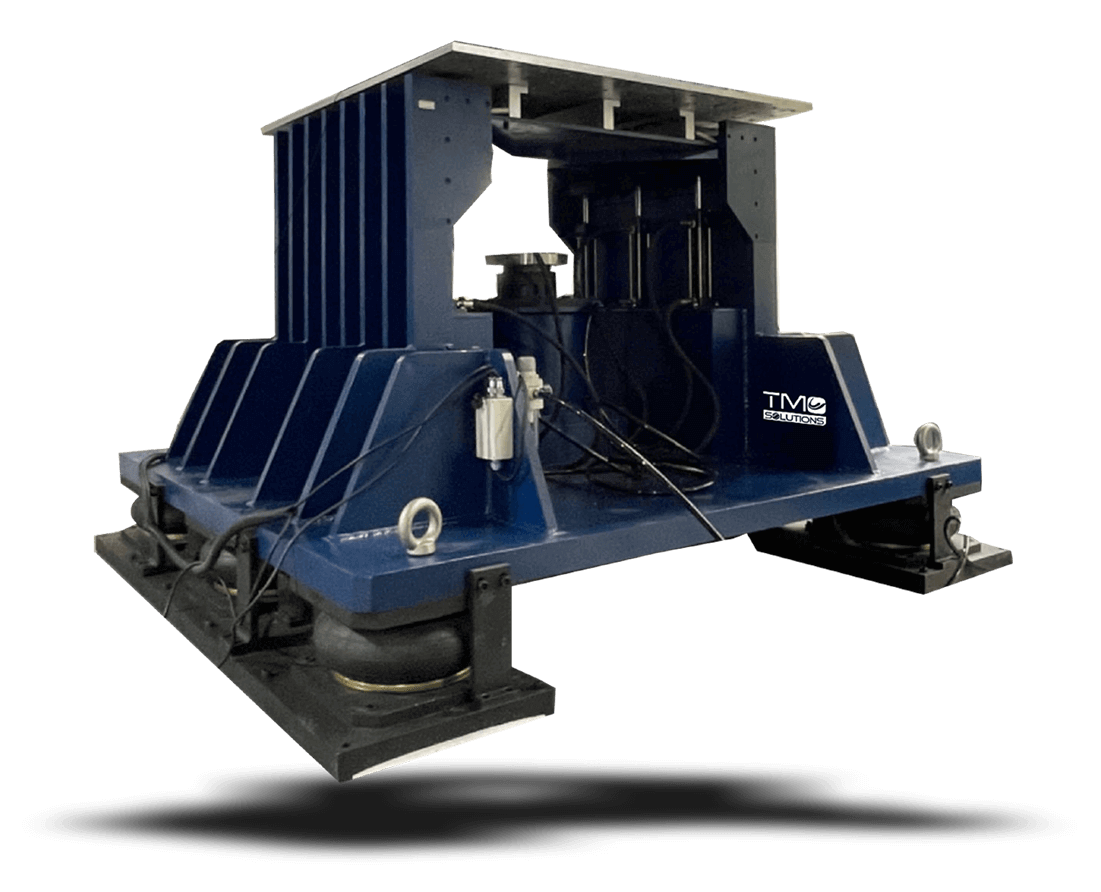VSRS Series Pneumatic Shock Response Spectrum Test System
TMC offers advanced vertical SRS testing to meet the SRS requirements in the vertical direction. The SRS shock testing system is widely used in various industries, including aviation, aerospace, vessel, military, defense, and automobile.
Our Vertical SRS Shock System is engineered to perform sophisticated Shock Response Spectrum (SRS) tests. Originally designed to evaluate structural responses to earthquakes, SRS testing is crucial for environments with complex transient shocks. Engineers utilize SRS tests to assess how a device responds to transient events that it might encounter in its operational environment. While initially developed to replicate seismic shocks, the SRS approach has proven invaluable for defense and aerospace applications as well. Our state-of-the-art Vertical SRS Shock System ensures precise and reliable testing, helping you achieve optimal performance and resilience in your products.
The VSRS provides high performance with a large table size of up to 1200mm, and the maximum specimen weight can be 400kg or heavier.
The Shock Response Spectrum (SRS) is an essential and critical tool used in evaluating how a specific product responds to various shock events. The SRS is represented as a curve that effectively plots the dynamic response of a series of single-degree-of-freedom systems, each characterized by a different natural frequency, when they are subjected to a given shock. Essentially, this tool measures in depth how the product "responds" to the shock, thus providing a comprehensive and detailed analysis of the product’s structural integrity and identifying potential failure points that may occur under stress.
FEATURES
Vertical Shock Response Spectrum (SRS) testing and Horizontal SRS testing can be combined to provide comprehensive analysis. The process has high precision, easy operation, real-time analysis, and low maintenance. The Windows application software further enhances the testing process. In Vertical SRS testing, it is assumed that the shock pulse is applied as a common base input to a group of independent single-degree-of-freedom systems. The shock response spectrum determines the peak response of each system in relation to its natural frequency.
DOWNLOAD DATASHEET


